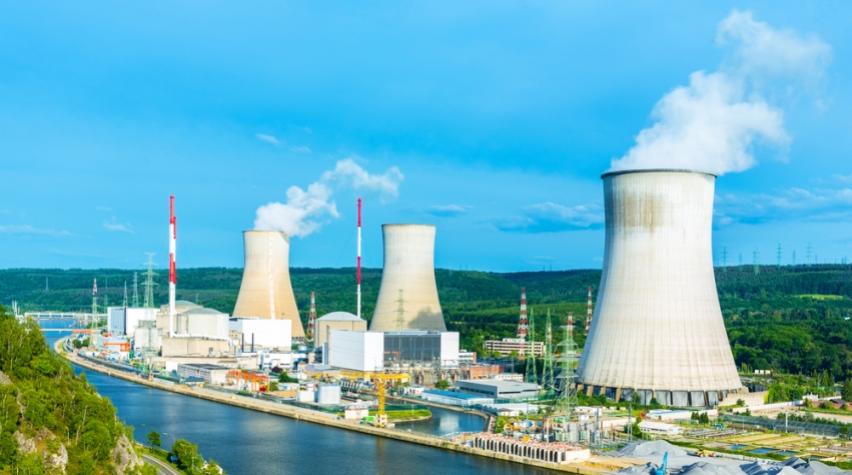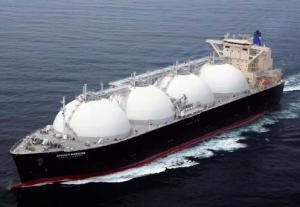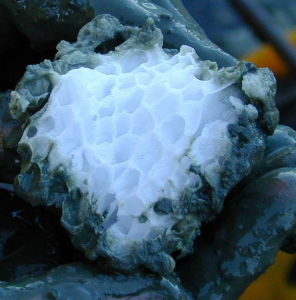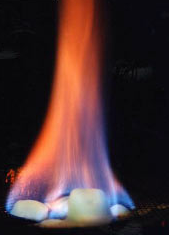
Furiously importing natural gas
Returning these older plants to service represents a massive policy and energy shift. Forty years ago, after the first 1973 oil shock jolted resource-poor Japan out of an oil complacency, the government firmly committed to nuclear power. As each new nuclear plant came online, the older power plants were mothballed. That transition took place long before alternatives like wind and solar. So with few options, Japan bet big on nuclear power, and until recently, the country has been slow to adopt utility-wide alternative energy. After the most recent disaster, in what amounts to cultural whiplash, the country is now furiously re-importing billions of dollars worth of fossil fuels--primarily liquefied natural gas (but also coal and oil) to keep the older plants running. Economists fear that this rush of extra spending could damage the already weak Japanese economy.
TEPCO to rely on Australian natural gas
This shift has made Japan the world's biggest LNG importer, and the Chevron Corporation just announced that its Australian subsidiaries had signed Sales Agreements with TEPCO for the delivery of more than 3.1 million tons of liquefied

natural gas a year over the next 20 years. Last week, Tokyo Gas Co . showed off a new liquefied natural gas tanker, the Energy Horizon, one of the world's largest. The 300-meter-long, 143,000-ton ship can transport around 80,000 tons of LNG in its huge spherical tanks, enough to meet annual gas demand from some 270,000 households. Japan's move into natural gas has also had a global impact. With LNG-tanker rates now averaging $100,000 a day from about $60,000 earlier in the year, the cost of shipping liquefied natural gas jumped 67 percent to a five-year high.
Looking for methane hydrate on the ocean floor
Although Japan is actively pushing wind and solar, with a feed-in tariff slowly making its way through the parliament, the country is still searching for additional energy

sources. Urgency has resulted in a unusual natural gas alternative. Fast Company reports: tech-savvy Japan is attempting to extract natural gas from frozen deposits of methane hydrate (aka "burning ice") located in the seabed southwest of Tokyo, where gas crystallizes as it comes into contact with the icy sea water. Even though no one has ever attempted to extract methane hydrates offshore, Japan's Ministry of

Economy, Trade and Industry plans to request $127.5 million for the project that would become the first offshore drilling operation of its kind. This method is so unproven that there are still doubts about whether extracting methane from the ocean floor would be worth the environmental risks. Methane is also known to trap heat in the atmosphere 21 times more effectively than carbon dioxide. And the decomposition of hydrates near the surface of the seafloor could even trigger tsunamis by causing landslides on the continental slope.


